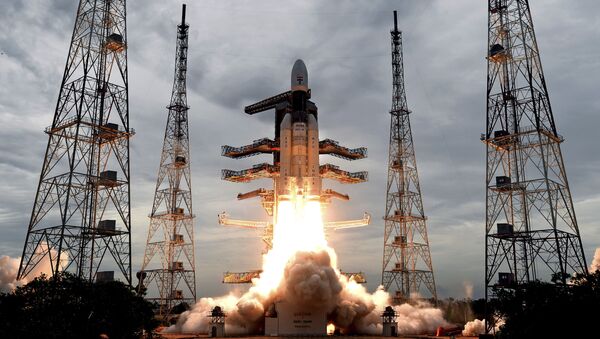India’s Federal Space Minister Dr Jitendra Singh admitted for the first time that the failure of the Chadrayaan-2 was due to a reduction in velocity beyond the designed parameters.
“During the second phase of descent, the reduction in velocity was more than the designed value. Due to this deviation, the initial conditions at the start of the fine braking phase were beyond the designed parameters. As a result, Vikram hard landed within 500 m of the designated landing site”, Dr Singh told parliamentarians.
The minister, however, said that all the eight state-of-the-art scientific instruments of the orbiter were performing as per the design. He said that the data sent by the orbiter is being studied by the scientific community.
Ajay Lele, a space technology expert, said there would be different types of atmospheric pressures, which could have affected the soft-landing.
“As far as they (ISRO) were concerned, the design was okay. But it must have experienced some sort of a situation, which was not thought of. It happens with these kinds of missions”, said Lele.
The Chandrayaan-2, with all its domestically-made payloads, began its voyage on 22 July from the ISRO’s spaceport on the eastern coast of Sriharikota in Andhra Pradesh. After an initial hiccup, it crossed all hurdles seamlessly, but lost contact with the ISRO's Earth Station just minutes before the scheduled soft-landing near the Moon's south pole.
Meanwhile, Indian Space Research Organisation (ISRO) Chief Dr K. Sivan said that the Chandrayaan-2 is “not the end of the story” and that the space agency would attempt another landing on the Moon’s south pole in the near future.


